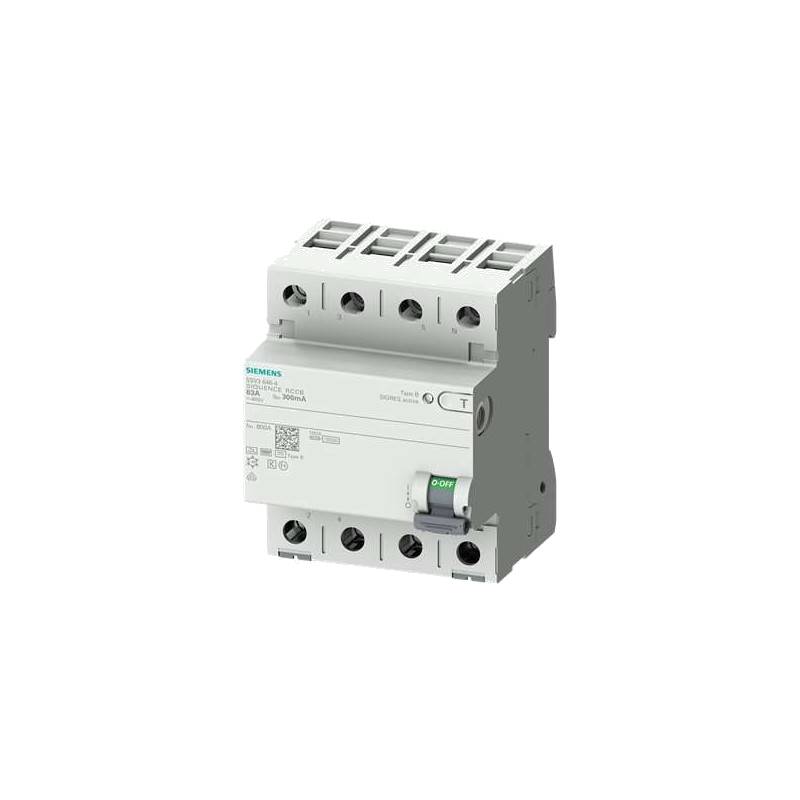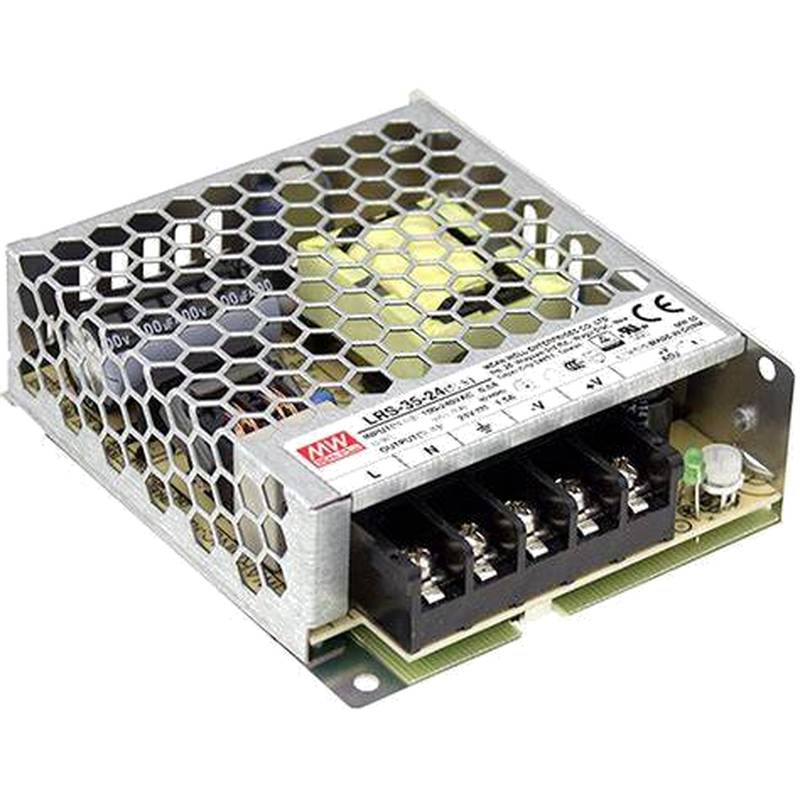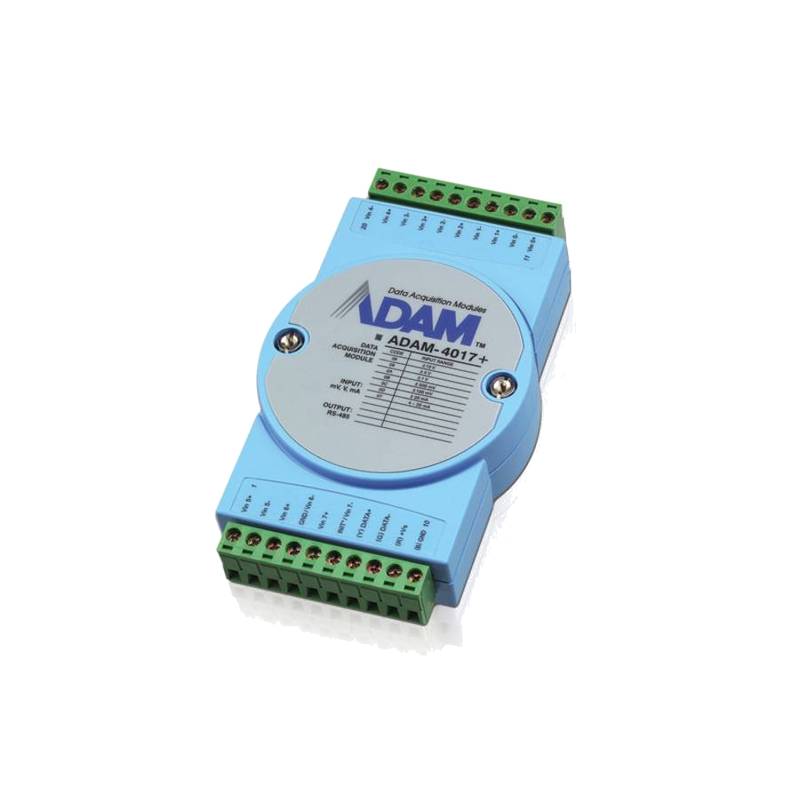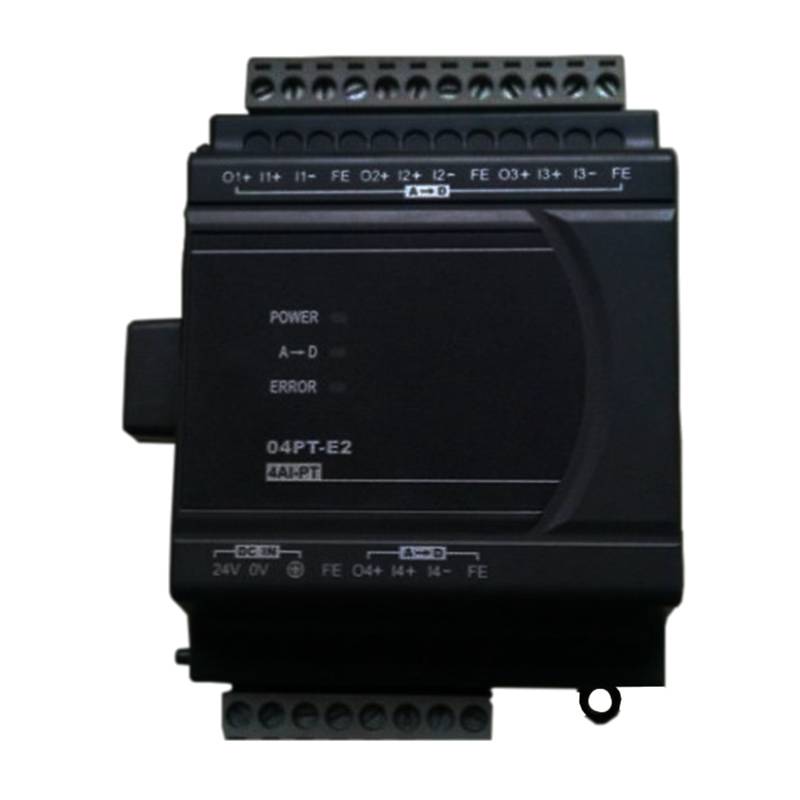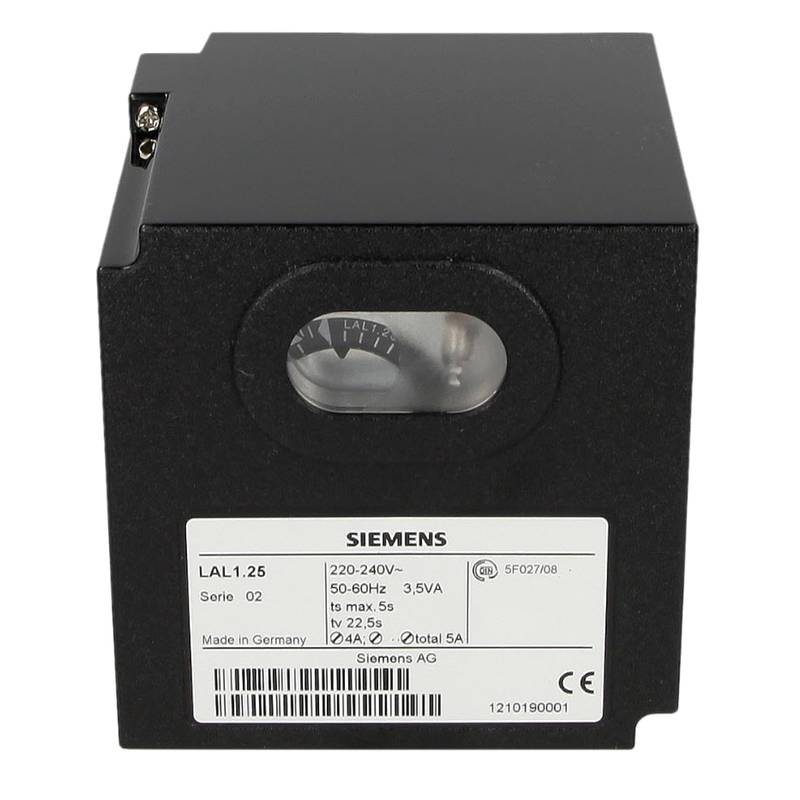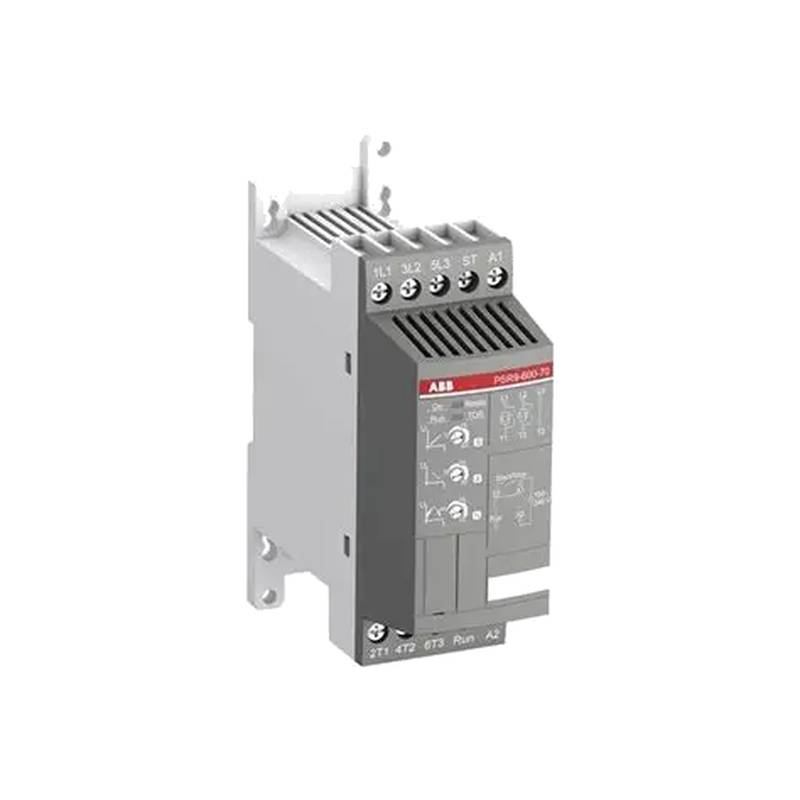
The Siemens 5SY6263-8CC is a high-performance 2-pole miniature circuit breaker designed for robust industrial main circuit protection. This device offers superior tripping characteristics and enhanced safety features crucial for demanding electrical installations. Its key advantages lie in its reliable arc-quenching capabilities, precise overcurrent and short-circuit protection, and compact design. Core technical parameters include a rated voltage of 400V AC, a rated current of 63A, and a breaking capacity of 10kA, ensuring it can safely interrupt fault currents. The 5SY6263-8CC is engineered for durability and operational efficiency in a wide array of industrial environments.
Product Specifications
| Feature | Specification |
| :------------------------ | :-------------------------------- |
| Product Type | Miniature Circuit Breaker (MCB) |
| Pole Configuration | 2-Pole |
| Rated Current (In) | 63A |
| Rated Voltage (Un) | 400V AC |
| Breaking Capacity (Icn) | 10kA |
| Tripping Curve | C Curve |
| Frequency | 50/60 Hz |
| Insulation Voltage (Ui) | 500V |
| Impulse Withstand Voltage | 4kV |
| Protection Class | IP20 |
| Operating Temperature | -25°C to +45°C |
| Mounting Type | DIN Rail |
| Compliance | IEC/EN 60898-1, IEC/EN 60947-2 |
Core Features & Market Positioning
The Siemens 5SY6263-8CC stands out in the industrial circuit protection market due to its robust construction and adherence to stringent international standards like IEC/EN 60898-1 and IEC/EN 60947-2. Its 'C' curve tripping characteristic is specifically tailored for industrial applications, providing optimal protection against both overloads and short circuits without excessive nuisance tripping from inrush currents common in motor starts or transformer energization. This positions the 5SY6263-8CC as a reliable and essential component for safeguarding sensitive industrial equipment and personnel. The breaker's high breaking capacity of 10kA ensures it can effectively manage significant fault conditions, a critical differentiator in high-power industrial settings.
Key Application Scenarios
This Siemens circuit breaker is ideally suited for main distribution boards in industrial facilities, control cabinets, and machine tools. Its 2-pole configuration effectively isolates both live and neutral conductors, a crucial safety requirement for many industrial circuits. Applications include protecting power circuits for machinery, HVAC systems, conveyor belts, and lighting distribution where reliable and precise overcurrent protection is paramount. The 5SY6263-8CC's ability to handle inductive loads, thanks to its C-curve, makes it particularly suitable for circuits with moderate inrush currents, such as those powering motors and transformers.
Practical System Integration Guidance
Integrating the Siemens 5SY6263-8CC into an industrial electrical system is straightforward, leveraging standard DIN rail mounting for efficient installation. Ensure compliance with local electrical codes and regulations during installation. Proper wiring is critical; connect the incoming power conductors to the designated terminals (typically marked L and N for 2-pole devices) and outgoing protected circuit conductors to the load terminals. It is imperative to use conductors of appropriate gauge rated for the 63A current to prevent overheating. Double-check all connections for tightness to ensure reliable electrical contact and prevent potential arcing or power loss.
Operation and Risk Mitigation
The primary function of the Siemens 5SY6263-8CC is to automatically interrupt electrical current in the event of an overload or short circuit, thereby preventing damage to equipment and mitigating fire hazards. Its C-curve tripping mechanism provides a balance between sensitivity to faults and tolerance for normal operating inrush currents. To mitigate risks, regular visual inspection for signs of damage or overheating is recommended. In the event of frequent tripping, a thorough investigation of the protected circuit for underlying issues such as excessive load, short circuits, or insulation breakdown is necessary before resetting the breaker. Never bypass or override the tripping mechanism.
Scalability & Long-Term Value
The Siemens 5SY6263-8CC offers significant long-term value through its compatibility with the broader Siemens industrial control and automation ecosystem. As industrial processes evolve, this circuit breaker can be seamlessly integrated into upgraded or expanded power distribution systems. Its adherence to global standards ensures compatibility with a wide range of complementary protection and control devices. While the 5SY6263-8CC itself is a fundamental protection device, its reliable performance contributes to the overall stability and longevity of connected systems, reducing downtime and maintenance costs over its operational lifespan.
Frequently Asked Questions
What is the purpose of the Siemens 5SY6263-8CC breaker?
This breaker protects electrical circuits from overloads. It also safeguards against damaging short circuits.
It acts as a critical safety device in industrial settings. Its tripping mechanism prevents equipment damage and fire risks.
The 5SY6263-8CC ensures system reliability and operational continuity. It protects sensitive machinery and personnel.
What does "2P 63A" mean for this Siemens breaker?
"2P" signifies that the breaker has two poles. This allows it to switch both live and neutral conductors.
"63A" indicates the maximum continuous current rating. The breaker can handle up to 63 amps safely.
This configuration is common for main circuit protection in industrial distribution panels. It provides complete isolation for many circuits.
What is a "C Curve" tripping characteristic?
A C curve is designed for inductive loads. It allows for higher inrush currents without tripping.
This makes it ideal for motors, transformers, and lighting systems. It balances sensitivity with surge tolerance.
Compared to B or D curves, C offers a specific performance profile for many industrial applications. It avoids nuisance tripping.
What is the breaking capacity (10kA) of the 5SY6263-8CC?
The 10kA rating denotes the maximum fault current it can safely interrupt. This is a critical safety parameter.
It assures that the breaker can handle severe short circuits without failing. This protects the rest of the electrical system.
This high breaking capacity is essential for industrial environments with higher potential fault levels. It ensures reliable disconnection.
Can the Siemens 5SY6263-8CC be used for residential applications?
While technically capable, it's primarily designed for industrial use. Its C-curve may not be optimal for typical homes.
Residential circuits often use B-curve breakers. These offer better protection for standard household loads.
Using the 5SY6263-8CC in homes is possible but not its intended or most efficient application. Industrial standards drive its design.
How do I install the Siemens 5SY6263-8CC circuit breaker?
Install it on a standard 35mm DIN rail. Ensure secure mechanical mounting for stability.
Wire the incoming power to the upper terminals. Connect the outgoing load to the lower terminals. Use appropriate cable sizes.
Always follow local electrical codes and safety practices. Ensure the power is off before beginning installation.
What is the significance of its IEC/EN compliance?
Compliance means it meets rigorous international safety standards. This ensures reliable and predictable performance.
IEC/EN 60898-1 and 60947-2 are key for circuit breakers. They cover performance, safety, and testing.
This adherence guarantees quality and interoperability with other certified equipment. It assures users of its robust design.
When would I choose this breaker over a different Siemens model?
Choose the 5SY6263-8CC for main industrial circuit protection. Its 2P configuration and 63A rating are specific needs.
The C-curve is optimal for loads with moderate inrush currents. This includes many industrial motors and equipment.
If your application requires higher surge tolerance, a D-curve might be considered. For simpler loads, a B-curve could suffice.
What are common troubleshooting steps if it trips repeatedly?
First, ensure the load is within the 63A limit. Check for any visible signs of damage on the breaker.
Investigate the connected equipment for faults. Look for short circuits or insulation degradation in the wiring.
After addressing the root cause, manually reset the breaker. If it trips again, seek professional electrical diagnosis.
Is this breaker compatible with smart grid or IIoT systems?
This specific model is a standard mechanical breaker. It doesn't have built-in smart connectivity features.
Integration into IIoT systems would require external monitoring devices. These would interface with the circuit's status.
Siemens offers other product lines with integrated digital capabilities for advanced smart applications. This model focuses on foundational protection.
















